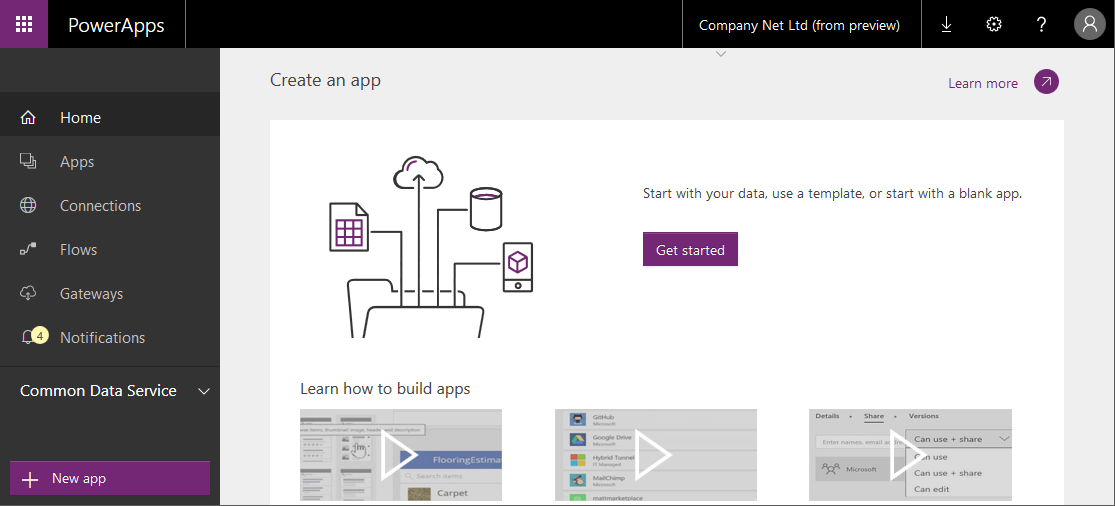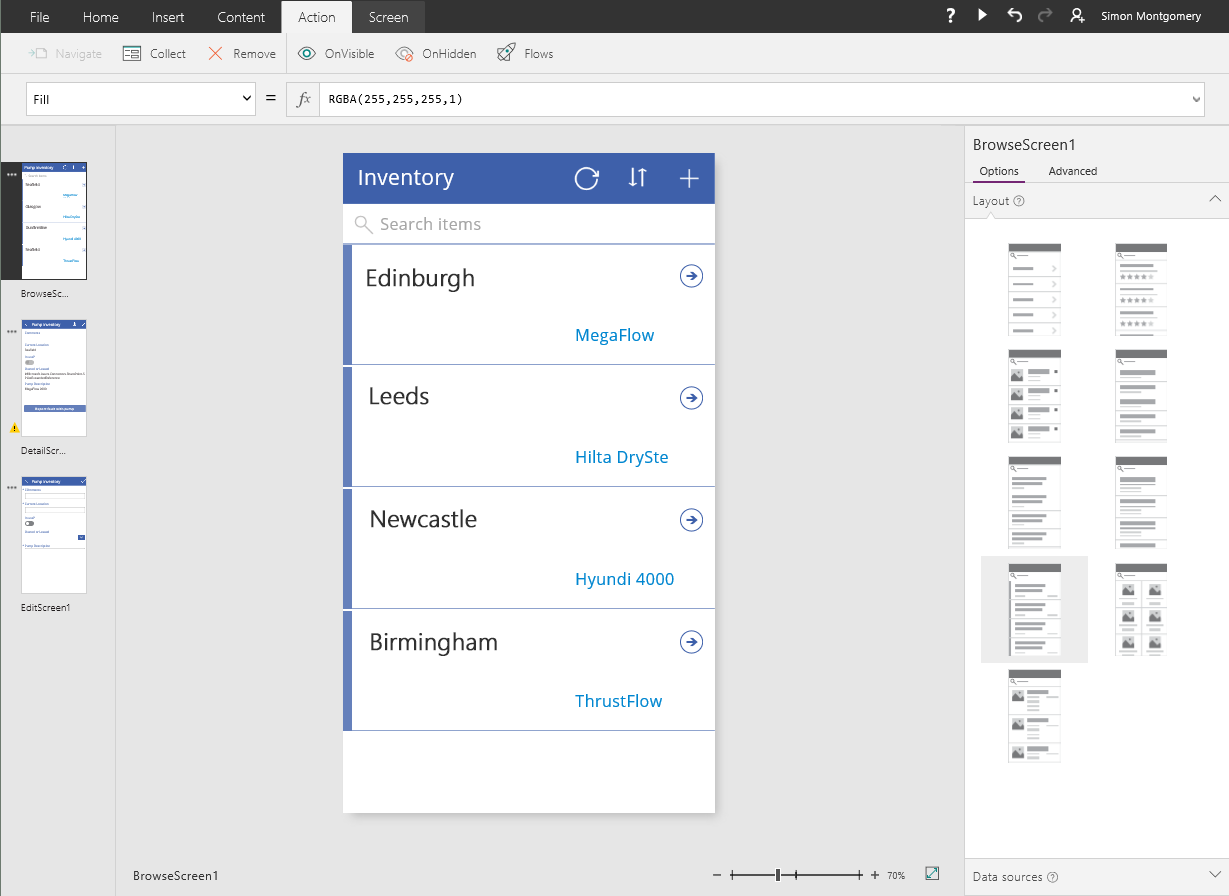Microsoft has announced general availability of the brand new PowerApps platform this week. It’s a big deal; here’s what you need to know.
As a Microsoft partner, we’ve been experimenting with PowerApps for some time, and are really excited by the possibilities on offer. It’s a revolution in how business apps are made, and will fundamentally alter the way businesses interact with their data. Read on to find out what PowerApps are, and why the release of this platform is so important.

What are PowerApps?
Microsoft CEO Satya Nadella said earlier this year that their focus is on using the cloud to help businesses undergo digital transformation. Part of this is making it easier for employees to understand and handle business data. PowerApps play an important role in this vision.
Business apps have a reputation as being expensive to create, tricky to deploy and more trouble than they’re worth. PowerApps turns that on its head. Task-specific apps can now be built in a highly-visual way, by ordinary business users, in moments. It’s a fundamental shift that means enterprise apps can be created at short timescales, without IT support, and it will transform how business users interact with information.
PowerApps is part of Microsoft’s Office 365 and Dynamics 365 cloud services, so anyone subscribed to one of these services gets access to PowerApps. Users who are logged in get presented with a ‘gallery’ of apps specific to their business.
Who can make a PowerApp?
Anyone can make a PowerApp. For example:
- A communications team could quickly build an employee survey which feeds its data straight back into SharePoint
- A team that lends out equipment could create an app to track where things are, who is requesting items, and whether anything is broken
- A support team could create a ‘service desk’ app to manage requests for support from colleagues.
The idea is to make many smaller apps that quickly meet a specific need, rather than one monolithic app that does everything. PowerApps can be easily shared with colleagues – they use your existing corporate login system – and work equally well on mobile phones, tablets, in modern web browsers, or on a desktop PC.
What’s so powerful about them then?
For one thing, the tool is completely integrated with SharePoint. When you go to any SharePoint list, you’ll see a button marked ‘Create PowerApp’. This lets you turn the list into a brand new PowerApp with just a few clicks of the mouse.
The app is built automatically based on your SharePoint data; essentially, PowerApps does in a moment what would once have taken an app developement agency a week. Within seconds, you have a brand new app.
You can instantly run the app to try it out; you can edit anything that doesn’t seem quite right, and you can start adding your own features in a very visual way. For example, to create a button, you just click ‘add button’, drag it to where you want it, resize it and type in a caption. You can then quickly add an action to it, or even connect it to a workflow using Microsoft’s new Flow tool, which is a sort of companion to PowerApps.
All change
PowerApps promises to usher in a revolution in how business apps are made, and it’s going to transform how your business interacts with its valuable data.
If you would like to know more about PowerApps and what they can do for your business, get in touch with our team. We’d be happy to discuss your needs and figure out how PowerApps can help.
If you already have an Office 365 or Dynamics 365 subscription, you can try PowerApps for yourself.

